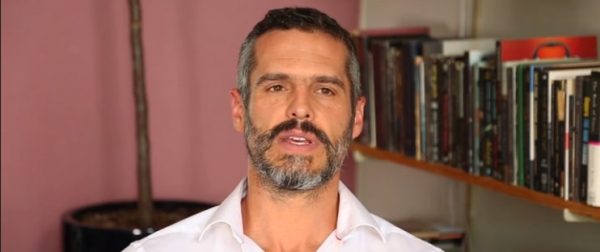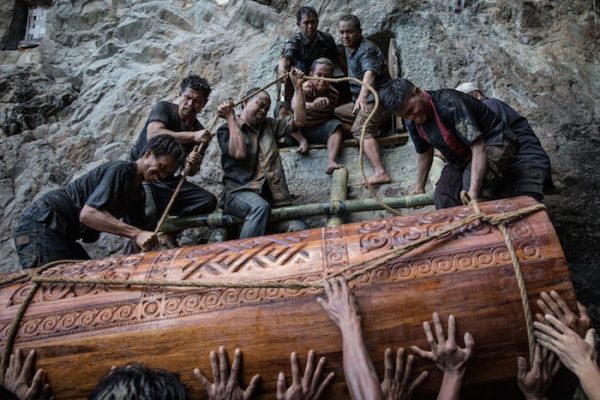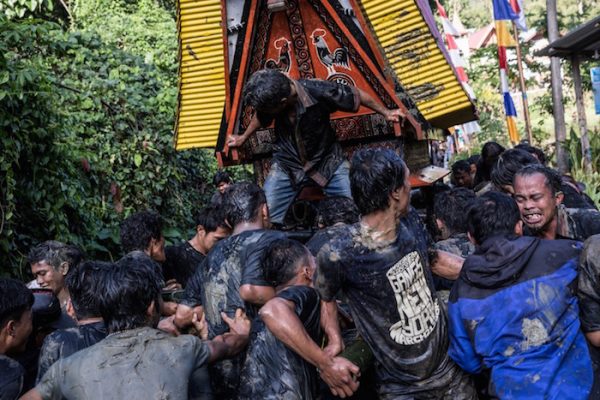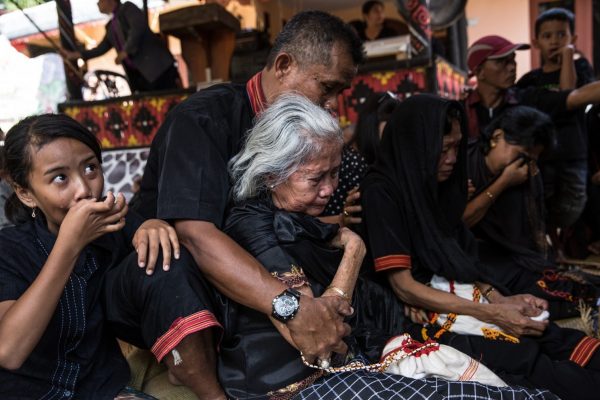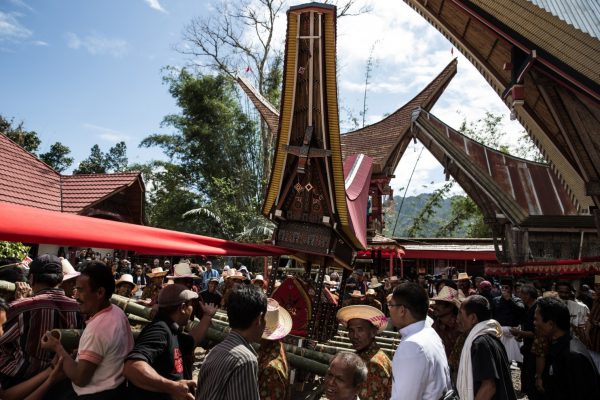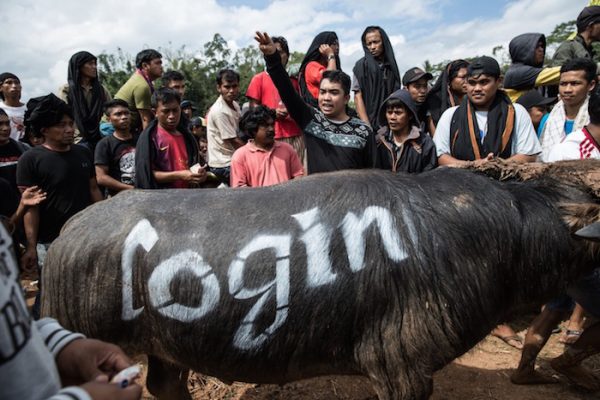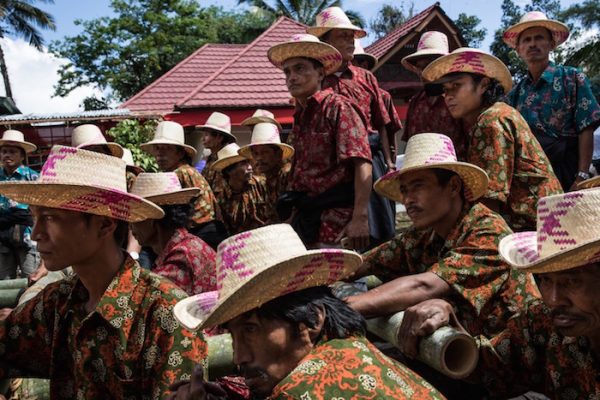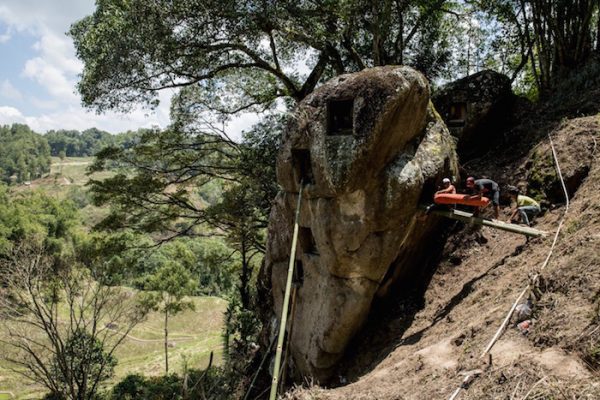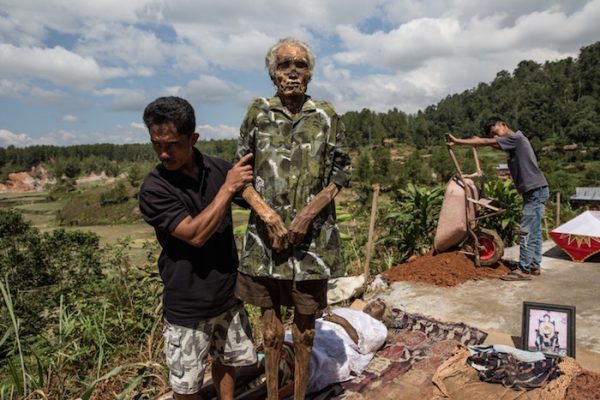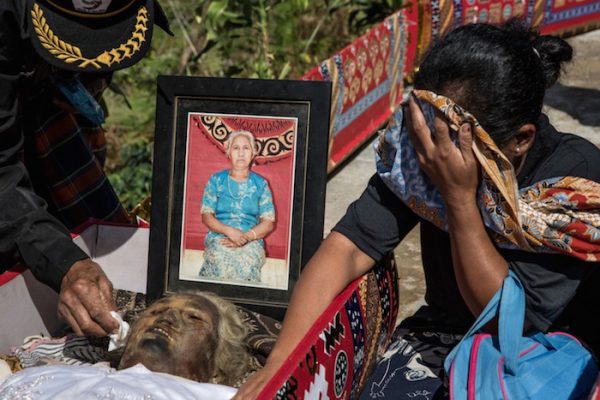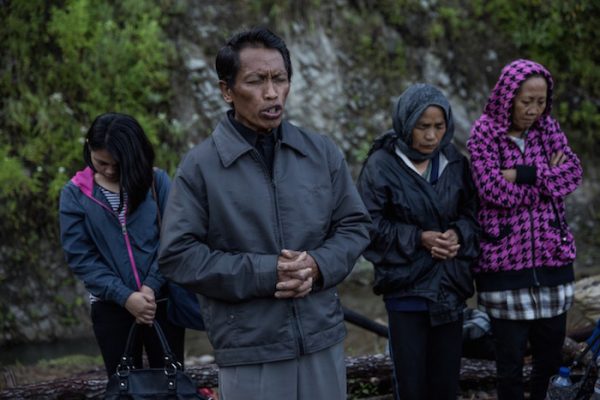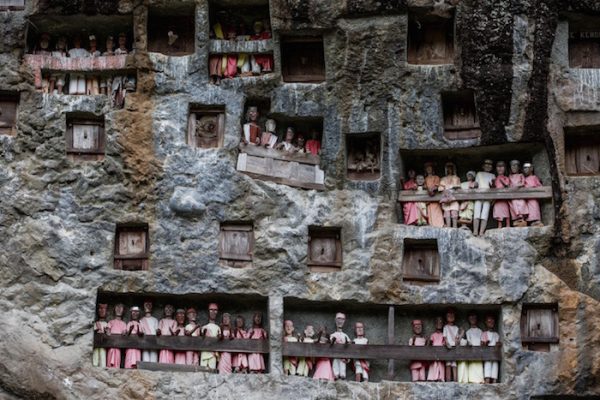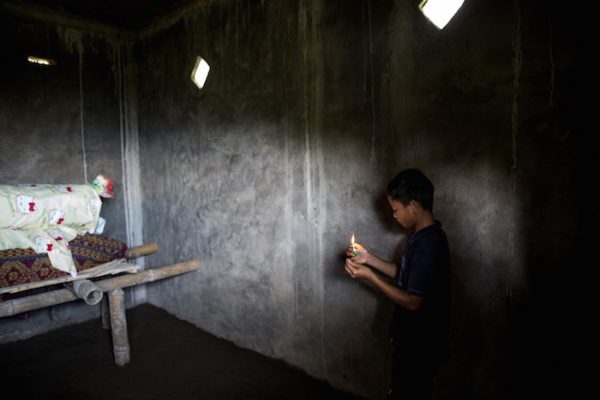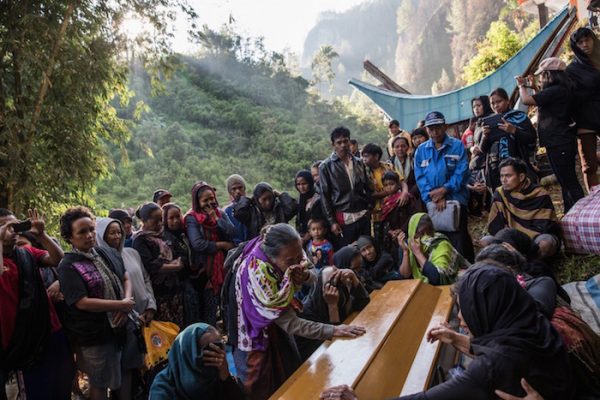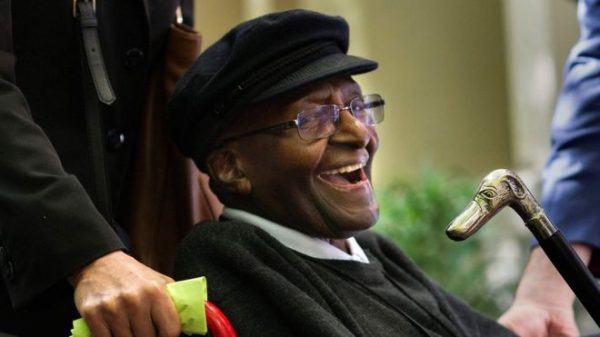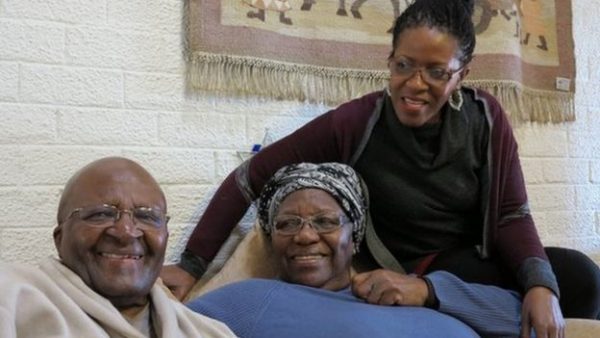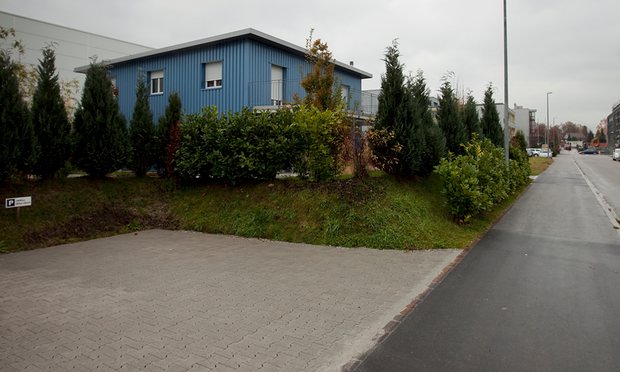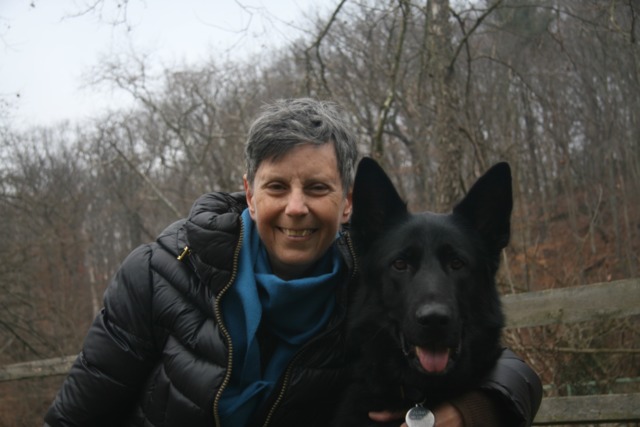Dr. BJ Miller does not work to heal patients, but to ensure quality of life amid advanced or serious illness. Sometimes people suggest his job is depressing, but Miller doesn’t see it that way. When people are dying it changes how they live, he says. Miller gives his Brief but Spectacular take on dying and living.
JUDY WOODRUFF: Now to another of our Brief But Spectacular series, where we ask interesting people to share their passions.
Tonight, we hear from BJ Miller, a palliative care doctor in the San Francisco Bay Area. He explains how working in end of life care can help inform the way we live.
DR. BJ MILLER, Zen Hospice Project: When people find out I’m in palliative care, first of all, many people — you start with, well, oh, well, what is that? The interdisciplinary pursuit of quality of life, and the context is always advanced or serious illness.
Palliative care is irrespective of the clock. You don’t have to be dying anytime soon.
The curiosity from the public tends to be — and I hear this all the time — wow, you know, that must be so depressing. You know, you must be depressed all the time.
It’s not always happy, by a long shot, but there is this side effect that seems to come. By facing mortality, it seems to inform how you live. So, the secret is that facing death has a lot to do with living well.
The whole reason I went into medicine was because I became a patient. In college, sophomore year, my dear friends and I were horsing around one night. We decided to climb a parked train. I happened to have a metal watch on, and the — and, when I stood up, the electricity arced to the watch, and that was that.
It was sort of an introduction to my own death, my own sense of mortality, my own finiteness.
You’re the object of a lot of sympathy, pity, a lot of head-tilts. At first, it’s kind of sweet, but then it starts turning a little saccharine. You quickly look down that road, and it’s not too long before you realize that’s a dead end. That’s just another way of removing yourself or being removed from the flow of society.
One of the ways that I got through some of the early days was insisting that this was a variation on a theme we all experience, and that theme is — basically is suffering. Some way, life is not going to do what you want it to do. Your body is not going to do what you want it to do. You will suffer. It’s unavoidable.
And there is this unnecessary rind of suffering, which is so — which is the demoralizing part, because it’s the invented stuff. It comes in terms of how we treat each other, sometimes poorly. It comes in those moments of abandonment.
We end up warehousing folks who are sitting on piles of wisdom and experience and just plain hilarious or good stories. If we could sort of shift that a little bit, there’s a lot more peace waiting for all of us as we age.
I think a lot of us are really worried, not so much about the fact that we die, but how we die. Very often, patients themselves, the people doing the dying, will get to a place of acceptance, beyond acceptance even, you know, ready to go. You’re done. You’re done with this body.
A lot of the effort, my effort, the team’s effort, the hospice organization’s effort, is actually not so much on the patient, the person doing the dying. It’s on the family.
In a way, it’s harder to accept the death of another person than accept your own, especially when you really love that person.
I’m BJ Miller. And this is my Brief But Spectacular take on tying dying and living.
JUDY WOODRUFF: You can watch additional Brief But Spectacular episodes on our Web site, PBS.org/NewsHour/Brief.
Complete Article HERE!

